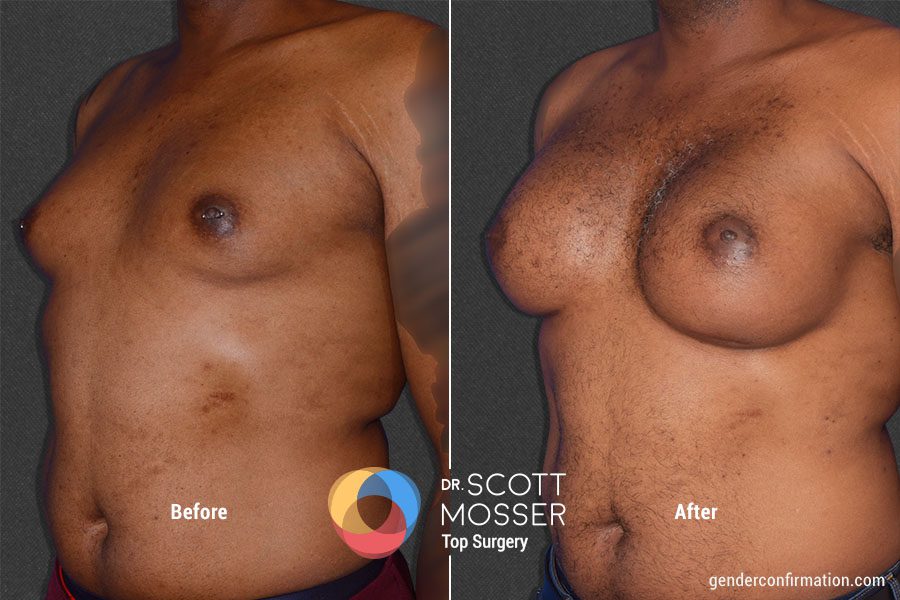Gender-affirming breast augmentation encompasses a variety of ways to enlarge or construct breasts: principally through implants or liposuction-fat grafting. Transgender and non-binary patients often have different needs than cisgender women seeking breast augmentations. For example, wider breast implants and specific placement techniques may be necessary to help a trans patient meet their goals due to common anatomical factors (e.g., chest width, the space between nipples, etc.). For this reason, we encourage patients to consider board-certified surgeons who are specialized in working with trans patients.
At the Gender Confirmation Center (GCC), we have performed over 4,000 gender affirming procedures since 2009 using state-of-the art medical technology. In an effort to make the safest, highest quality surgical care financially feasible, our insurance concierge service has successfully secured insurance coverage for 90% of interested patients. At the GCC, we are unique in our commitment to making gender-affirming surgeries accessible to patients of all gender identities, regardless of hormone usage, body mass index (BMI), age or disability.
If you are interested in surgery, you can request a free, virtual consultation with us today. If you have questions about recovery or complications and revision surgeries, you can click on the hyperlinked articles.





 Augmentation type: fat grafting vs. saline & silicone implants
Augmentation type: fat grafting vs. saline & silicone implants 




